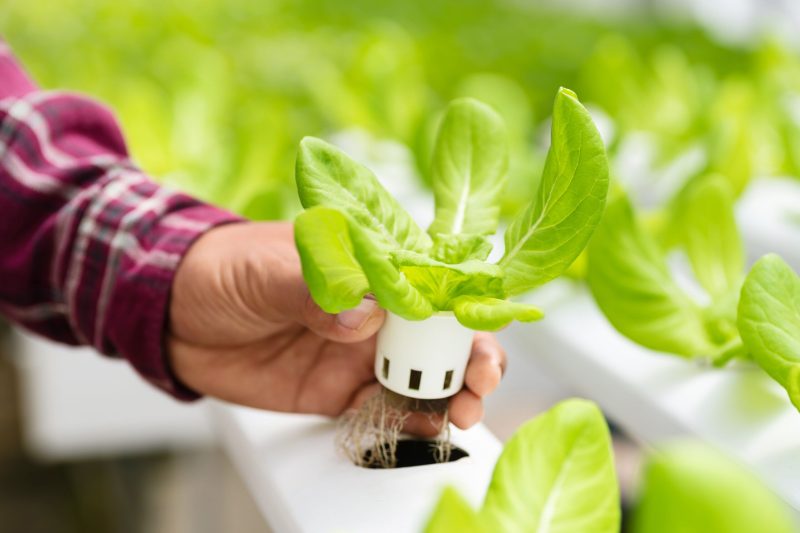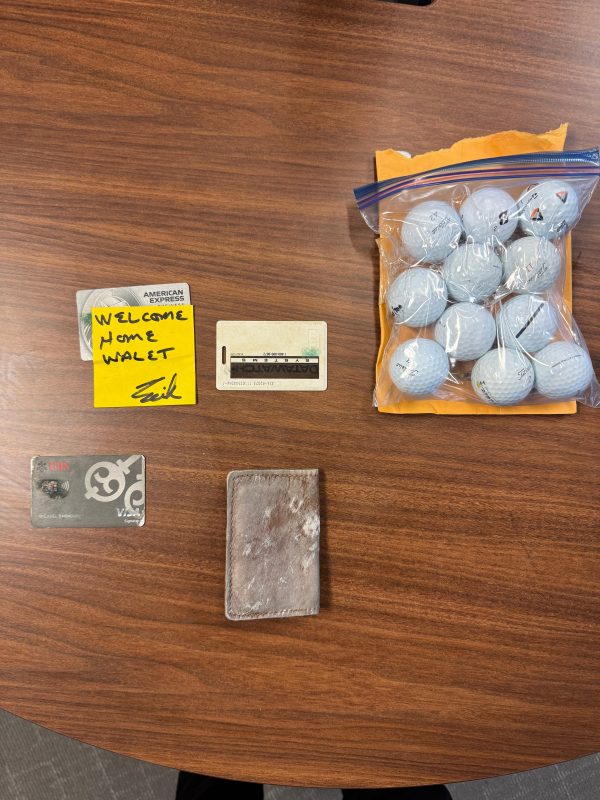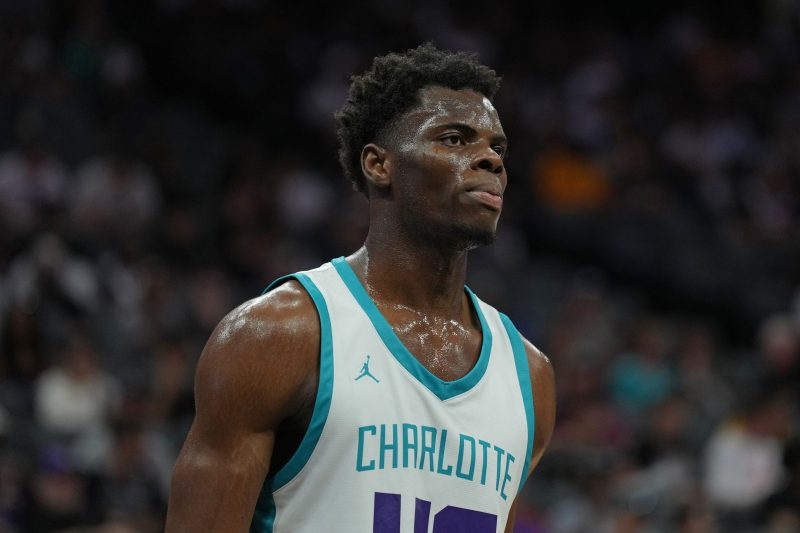How To Grow Tropical Plants Indoors

Bringing tropical plants indoors can turn your home into a lush, vibrant oasis. These beautiful plants not only add visual appeal but can also help purify the air and create a serene atmosphere. In this video, This Old House landscaping expert Roger Cook shows you how to select the perfect tropical plants, pot them properly, and maintain their health.
Choosing the Right Location for Tropical Plants
While many tropical plants thrive in bright, indirect light, some can adapt to lower light conditions. Use the tips below to find the best locations for your plants.
Assess Light Conditions
Before selecting your plants, take time to evaluate the light levels in your home:
- South-facing windows: Provide the most light and are ideal for sun-loving tropical plants
- West-facing windows: Offer strong afternoon light, suitable for many tropical species
- East-facing windows: Provide gentle morning light, perfect for shade-loving tropicals
- North-facing windows: Offer the least light but can still support some low-light tropical plants
In the video, Cook uses a compass to determine the best location for the plants, settling on a west-facing window that provides adequate light without being too intense.
Create a Suitable Environment
Tropical plants often require higher humidity levels than typical indoor environments. To create a more hospitable atmosphere:
- Group plants together to increase local humidity
- Mist your plants regularly, but avoid spraying orchid flowers
- Place a humidifier near your plants
- Use pebble trays filled with water beneath your pots
Also, placing your plants on a kitchen or bathroom windowsill can naturally increase humidity due to frequent water use in these areas. Adding a water feature, such as a small indoor fountain, can also help create a more humid microclimate for your tropical plants.
Select Tropical Plants for Indoor Growing
When selecting tropical plants for your indoor garden, evaluate both their light requirements and your personal preferences. Below are plant suggestions based on different lighting conditions.
Low-Light Tropical Plants
Choose one of these adaptable species for areas with less natural light:
- Chinese Evergreen (Aglaonema)
- Peace Lily (Spathiphyllum)
- Philodendron
- Snake Plant (Sansevieria)
- ZZ Plant (Zamioculcas zamiifolia)
These plants are hardy and can thrive in conditions that would be unsuitable for other types of tropical plants. Due to their resilience, they are also well-suited for beginners.
Medium to High-Light Tropical Plants
If your home has brighter areas, choose these plants:
- Anthurium
- Bird of Paradise (Strelitzia)
- Bromeliad
- Kentia Palm
- Orchid (Phalaenopsis)
These plants typically prefer more light and should be placed near windows with strong, indirect sunlight. Their colorful flowers and unique foliage can add striking visuals to your decor.
Additional Factors to Consider
Evaluate each species’ growth habits and mature size when choosing plants. Some tropical plants can grow quite large, so make sure you have enough space to accommodate their growth. In addition, account for the level of maintenance: some tropical plants may require more attention and specialized care.
How To Pot and Repot Tropical Plants
Follow these steps for successful planting:
- Choose an appropriate pot with drainage holes
- Use a well-draining potting mix suitable for tropical plants
- Remove the plant from its nursery container and gently loosen the roots
- Place the plant in the new pot at the same depth it was previously growing
- Fill in around the roots with potting mix, firming gently
- Water thoroughly after planting
For orchids and other epiphytes, use a specialized orchid mix and a pot with extra drainage holes to provide proper air circulation around the roots.
Choose the Right Pot
Select a pot that is one to two inches larger in diameter than the plant’s root ball to provide space for growth without overwhelming the plant. The pot’s material also plays a role: clay pots are breathable and aid in moisture control, while plastic pots retain moisture longer.
Repotting Tips
Check your plants regularly for signs that they may need repotting, such as roots growing out of the drainage holes or becoming root-bound. The best time to repot your plant is in the spring when it is entering its period of growth. When handling the roots, be gentle, and always use fresh potting mix to provide new nutrients.
Watering Tropical Plants
Most tropical plants thrive in consistently moist soil but avoid overwatering them. Water your plants when the top inch of soil feels dry to the touch. Use room-temperature water to prevent shocking the plant, and water thoroughly until excess moisture drains from the bottom of the pot. Always empty saucers after watering to prevent root rot.
Different tropical plants may have specific water needs. Investigate each species’ requirements to tailor your watering routine for the best results.
Special Watering Considerations
Some tropical plants have unique watering needs:
- Bromeliads: Keep the central cup filled with water, changing it regularly
- Orchids: Allow the potting medium to dry out between waterings
- Succulents and cacti: Water sparingly, allowing the soil to dry completely between waterings
For other tropical plants, the goal is to maintain consistent moisture without causing waterlogging. You should monitor the soil and adjust watering frequency to reflect seasonal changes and the plant’s growth stage.
Fertilizing Indoor Tropical Plants
Regular fertilization is essential for maintaining the health and promoting the growth of your tropical plants. Follow the guidelines below for proper fertilization.
Fertilizer Types
Choose a fertilizer formulated for indoor plants. Liquid fertilizers are easy to apply and quickly absorbed by plants, making them a convenient option. Organic options, such as compost tea or fish emulsion, provide natural nutrients and improve soil health. Slow-release granules are another effective choice, offering a low-maintenance solution by gradually feeding your plants over an extended period.
Liquid fertilizers can be diluted and used during regular watering. Slow-release granules reduce the need for frequent application by continuously providing nutrients. Each type has its benefits, so select the one that best suits your gardening routine and plant needs.
Fertilizing Schedule
Fertilizing tropical plants regularly promotes healthy growth. During the growing season—spring and summer—most tropical plants benefit from fertilization every 2-4 weeks. As growth slows in the fall and winter, reduce or stop fertilizing to match the plant’s needs.
Always follow the manufacturer’s instructions for application rates to avoid issues. Over-fertilizing can damage the plant, leading to burnt roots or foliage, while under-fertilizing may stunt growth. For the best results, select a fertilizer that suits your plant’s specific needs.
Maintaining Healthy Tropical Plants
Regular maintenance will keep your tropical plants healthy and vibrant while preventing common issues. Pruning helps maintain the plant’s shape, encourages bushier growth, and manages its size for easier indoor care. Removing dead or yellowing leaves regularly and wiping the leaves with a damp cloth will improve photosynthesis and remove dust. These practices not only rejuvenate the plant but also prevent it from becoming leggy.
Pest Control
Watch for these common indoor plant pests:
- Fungus gnats: These tiny, flying pests can be controlled by allowing the soil to dry out between waterings and using yellow sticky traps to catch adults. Keeping the soil surface dry will help prevent their breeding.
- Mealybugs: Mealybugs appear as small, white, cotton-like masses on plants. Use insecticidal soap or a cotton swab dipped in alcohol to remove them, and check regularly to catch infestations early.
- Scale insects: Scale insects can be difficult to spot but often look like small, round bumps on the plant. To eliminate them, remove them with a soft brush or apply a neem oil solution to the affected areas.
- Spider mites: Spider mites cause fine webbing and small spots on leaves. To manage infestations, increase humidity around the plant and use a strong water spray or miticide. Also, regularly check the undersides of leaves for signs of these pests.
Troubleshooting Common Plant Issues
Here are some common plant issues and their solutions. Adjust your care routine based on the symptoms to correct and prevent future problems:
- Brown leaf tips: This often indicates low humidity or over-fertilization. To address low humidity, increase moisture around the plant by using a humidifier or pebble tray. If over-fertilization is the issue, flush the soil with water to remove excess nutrients.
- Leaf drop: Leaf drop can result from temperature fluctuations or transplant shock. To reduce stress, make sure your plant is placed in a stable environment with consistent temperatures and avoid moving it frequently.
- Leggy growth: Leggy growth is typically caused by insufficient light. Move the plant to a brighter location or supplement with grow lights to encourage fuller, more compact growth.
- Yellowing leaves: Yellowing leaves are often a sign of overwatering or nutrient deficiency. Adjust your watering schedule to keep the soil from becoming constantly soggy, and consider using a balanced fertilizer to address nutrient gaps.
Additional Tips for Indoor Tropical Plant Success
Enhance your indoor tropical garden experience with these additional tips:
- Environmental stress: Tropical plants are sensitive to changes such as direct drafts, sudden temperature shifts, and frequent movement. Keep your plants in a stable environment with consistent temperature and humidity levels.
- Rotation: Rotate your plants periodically to provide light distribution and balanced growth.
- Seasonal adjustments: Adjust care routines based on seasonal changes. Tropical plants may need more light during the short days of winter.
- Soil and root health: Regularly replace the top layer of soil to refresh nutrients and inspect roots for health. Trim dead or blackened roots during repotting to encourage new growth.
- Sun protection: For plants near windows, use sheer curtains to diffuse intense sunlight and prevent leaf scorch.
Note: Special assistance with this project was provided by Carrie Kelly and Mahoney’s Garden Centers.
-
Watering can







